Stanford University’s Uncommon Dialogue on Hydropower and River Conservation: Bridging Divides and Forging Consensus
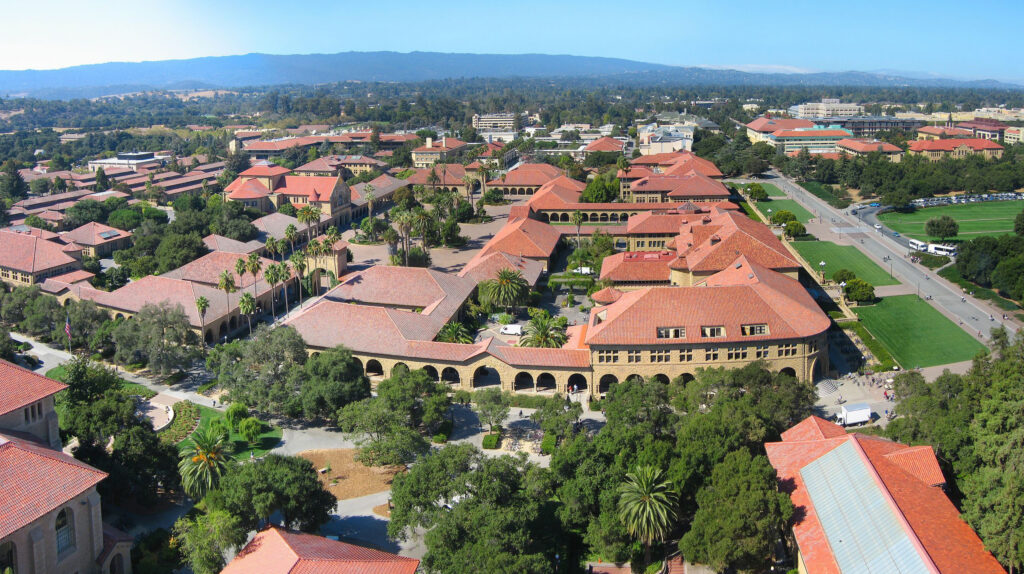
In 2018, Dan Reicher launched Stanford University’s Uncommon Dialogue on hydropower and river conservation, which brought together parties that had long experienced friction—industry, tribal, and environmental interests—to search for areas of agreement and common goals. The effort has already achieved tangible results, including $2.4 billion in federal funding for dam rehabilitation, removal, and retrofits for […]
Volume 3 Issue 6 June 2022
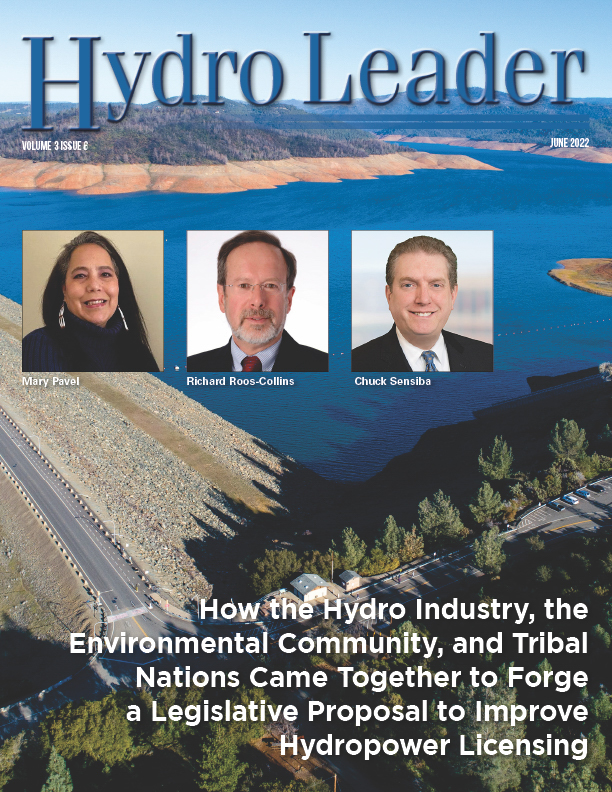
A Groundbreaking Proposal By Kris Polly This month, we feature news of a groundbreaking set of proposed legislative reforms to the Federal Power Act. Originating in an Uncommon Dialogue discussion series at Stanford University, the reform proposal has the buy-in of the hydropower industry, tribal nations, and the conservation community, and includes nothing that all […]
How the Hydro Industry, the Environmental Community, and Tribal Nations Came Together to Forge a Legislative Proposal to Improve Hydropower Licensing

The Uncommon Dialogue on hydropower, a discussion facilitated by Dan Reicher of Stanford University, brought together representatives from the hydro industry, Native American tribes, and the conservation community to find solutions they could agree on to long-standing issues surrounding the hydropower licensing process. The result is a set of proposed legislative reforms to the Federal […]
The Bureau of Reclamation’s David Raff: How the Bipartisan Infrastructure Law Funds Aquatic Restoration
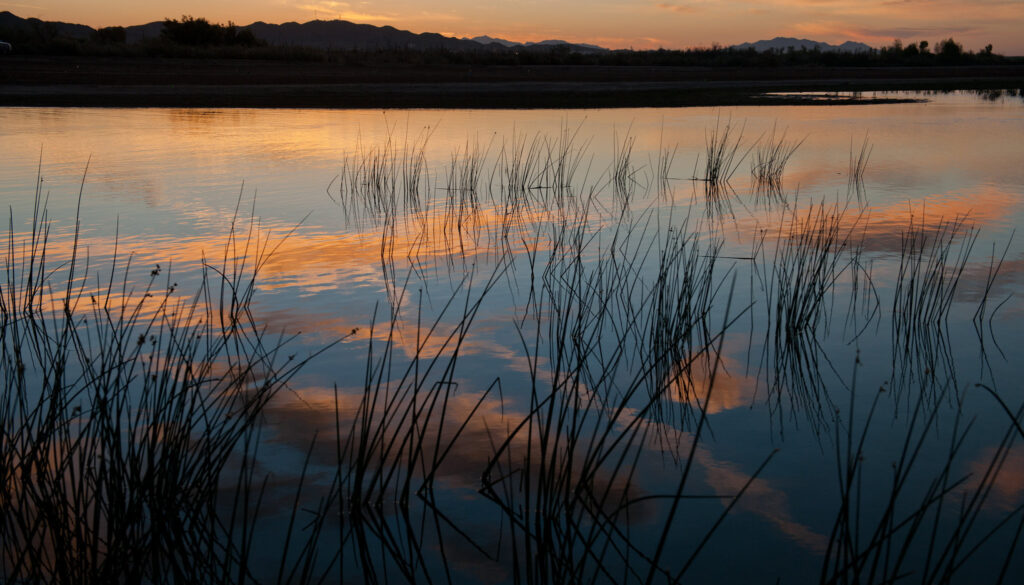
The Infrastructure Investment and Jobs Act, commonly known as the Bipartisan Infrastructure Law, allocates $250 million to the Bureau of Reclamation to fund aquatic restoration projects. This summer, Reclamation will develop a funding opportunity for project selection. Hydro Leader spoke with David Raff, Reclamation’s chief engineer, about the Aquatic Ecosystem Restoration Program’s new funding flows. […]
Fish-Friendly Hydropower Production at the U.S. Army Corps of Engineers’ Pacific Northwest Facilities

With 75 power-producing dams, the U.S. Army Corps of Engineers is the largest generator of hydropower in the United States. Most of its largest hydroelectric dams are located on the Columbia, Snake, Willamette, and Rogue Rivers in the Pacific Northwest. These rivers are also home to important anadromous fish species, such as Chinook salmon and […]
A Partnership for Endangered Fish on the Colorado River
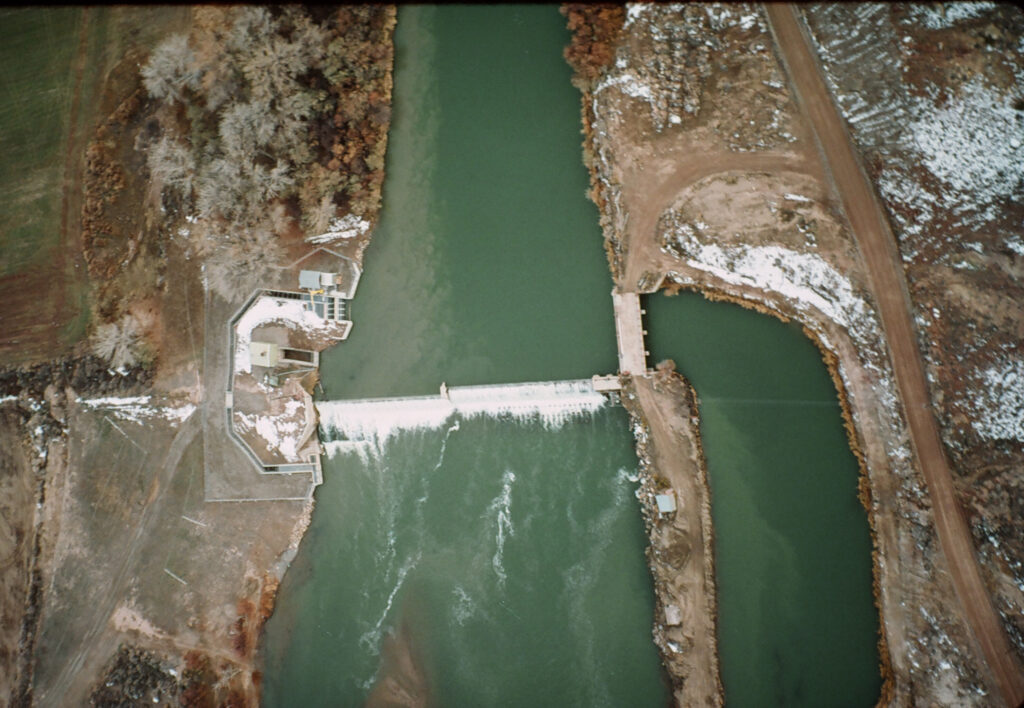
For more than 30 years, the Upper Colorado River Endangered Fish Recovery Program has brought water users, power interests, conservation groups, and state and federal agencies together to support the recovery of endangered fish species. In this interview, Hydro Leader talks with three of the program’s fish experts about the program’s activities, which range from […]
How the Relicensing of a Hydro Project Led to Improvements for Salmon on Washington State’s Sultan River
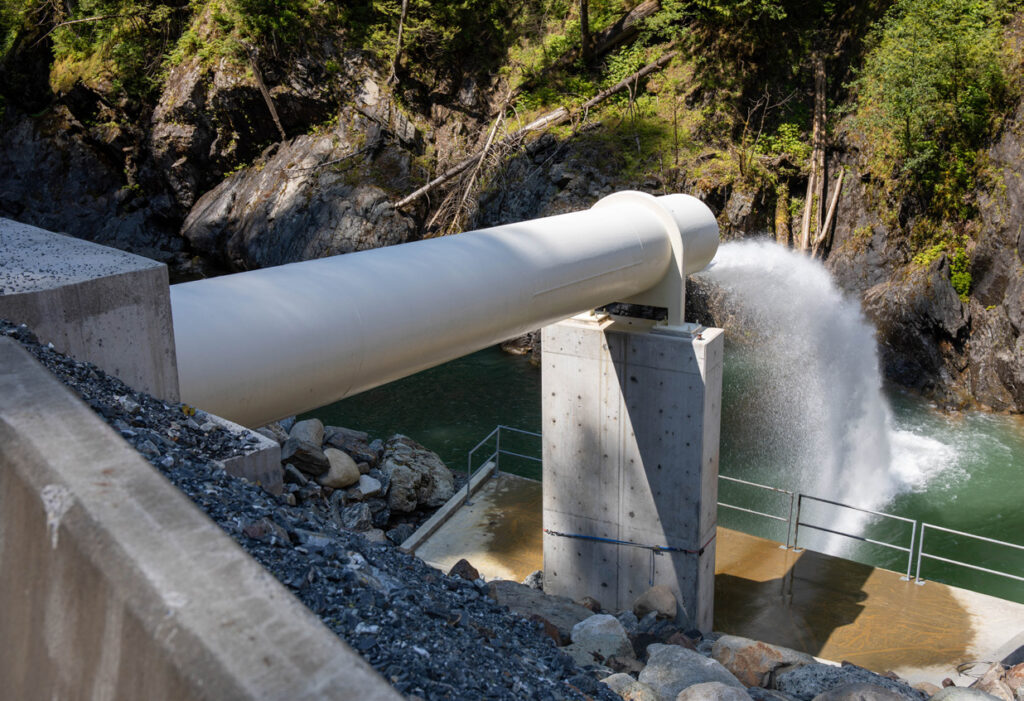
It’s been 10 years since Snohomish County Public Utility District (PUD) relicensed its Jackson Hydroelectric Project on the Sultan River. Since that time, the utility has followed through on commitments made as part of the relicensing agreement to manage the project for healthy fish populations. In this interview, Natural Resources Manager Keith Binkley looks back […]
Jim Chandler on Idaho Power’s Plans to Improve Fisheries and Water Quality in the Snake River

The Federal Energy Regulatory Commission (FERC) relicensing process for several of Idaho Power’s 15 FERC-licensed hydroelectric projects has spawned fresh thinking about how to manage fish passage and water quality. Nearly 60 years after an agreement to change its mitigation program to a hatchery program for Chinook salmon and steelhead trout, Idaho Power is finding […]
Volume 3 Issue 5 May 2022
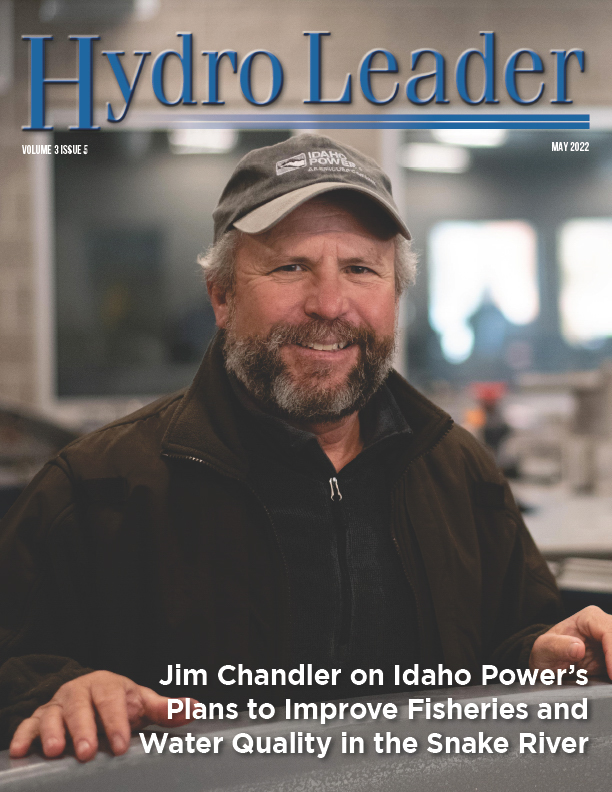
Fish-Friendly Strategies By Kris Polly The hydropower industry is often plagued by the misperception that the term fish-friendly dam is an oxymoron. In fact, hydro operators work tirelessly to ensure that their facilities are safe for fish and that the rivers on which they are located remain hospitable habitats. Idaho Power has taken recent relicensing […]
In the Transition to a Low-Carbon Economy, Pumped Storage Will Be Critical
By Chuck Sensiba and Elizabeth McCormick As the United States moves toward a low-carbon economy, zero-carbon emitting sources of electricity will be increasingly critical to stabilize the electric grid and prevent outages, including those associated with extreme weather events. Wind and solar resources are, of course, necessary to achieve this goal, but their intermittent nature […]

